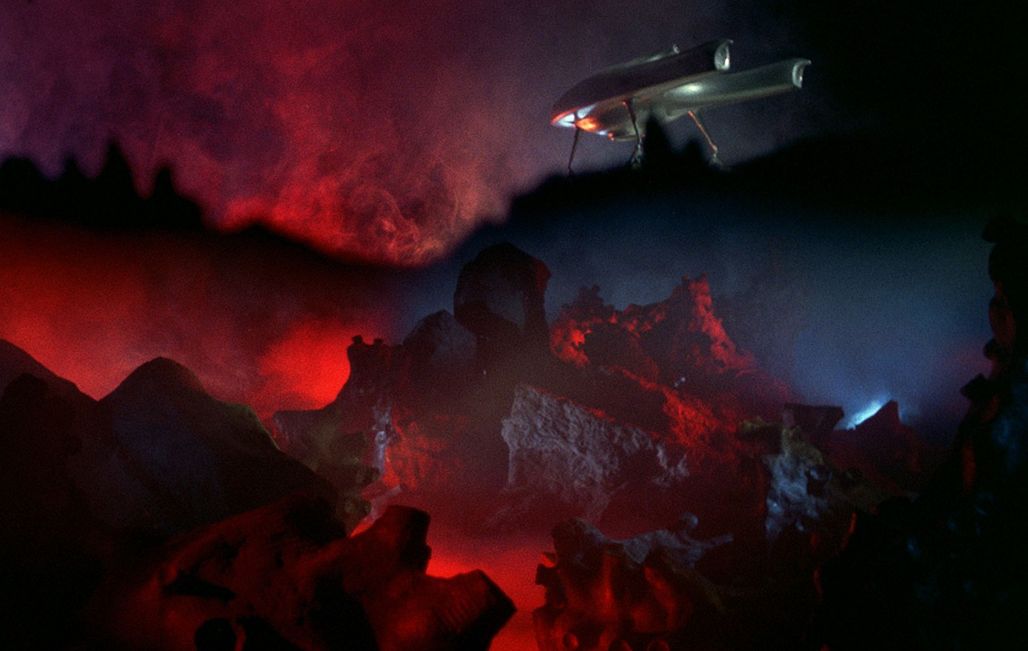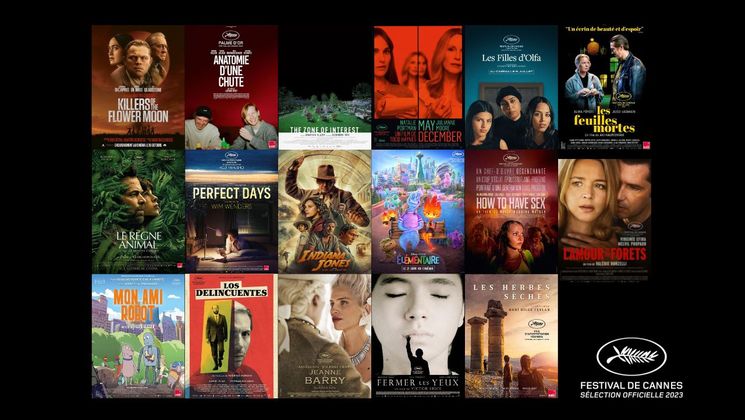
The day Mario Bava landed in space

Credited with inventing the Giallo genre, when Italian director Mario Bava made his film Planet of the Vampires (Terrore Nello Spazio), he created a B-movie masterpiece, a pivotal film that had a major influence on future sci-fi filmmakers.
Though little known to the general public, his visually unique style of cinema, with its pop-art, gothic and dreamlike aesthetic, inspired many more traditional filmmakers, such as George Romero, Ridley Scott and Brian De Palma. Mario Bava was the first director to lay the foundations for what would become Giallo: a genre focusing on suspense, where the aesthetics of murder – rather than its motives – take centre stage.
In 1965, when producers pushed him to direct his new film on the remains of a set where a “sword-and-sandal” movie had just wrapped up in Cinecittà, Mario Bava directed his one and only science fiction feature film. The sophisticated lighting, use of off-screen and high contrast colour were already the trademark of this sculptor's son, who had been making expressionistic sets for silent movies.
Giallo style codes applied to the world of science-fiction.
Adapted from a novel by Renato Pestriniero, the film narrates the experiences of crew members from two giant spaceships that have crash-landed on a strange, unexplored planet. They very quickly discover that unseen forces have possessed their bodies, turning them into zombies.
Bava was a secretive filmmaker, and did not like shooting outside the studio. He claimed to have difficulty working in sunlight, but excelled when cut off from the world. The film was banned to under 16s upon its release in Italy. Its originality lies in the innovative way that Mario Bava applies his personal touch and Giallo style codes to the world of science fiction.
Corrected calibration through comparison with the colometrics of a 35 mm positive film on loan from Cineteca Nazionale under the supervision of assistant-director Lamberto Bava. Scanning, digital restoration and Digital Intermediate on Kodak 35mm polyester positive film and 35mm print copies made by Fotocinema Rome en 2015.


